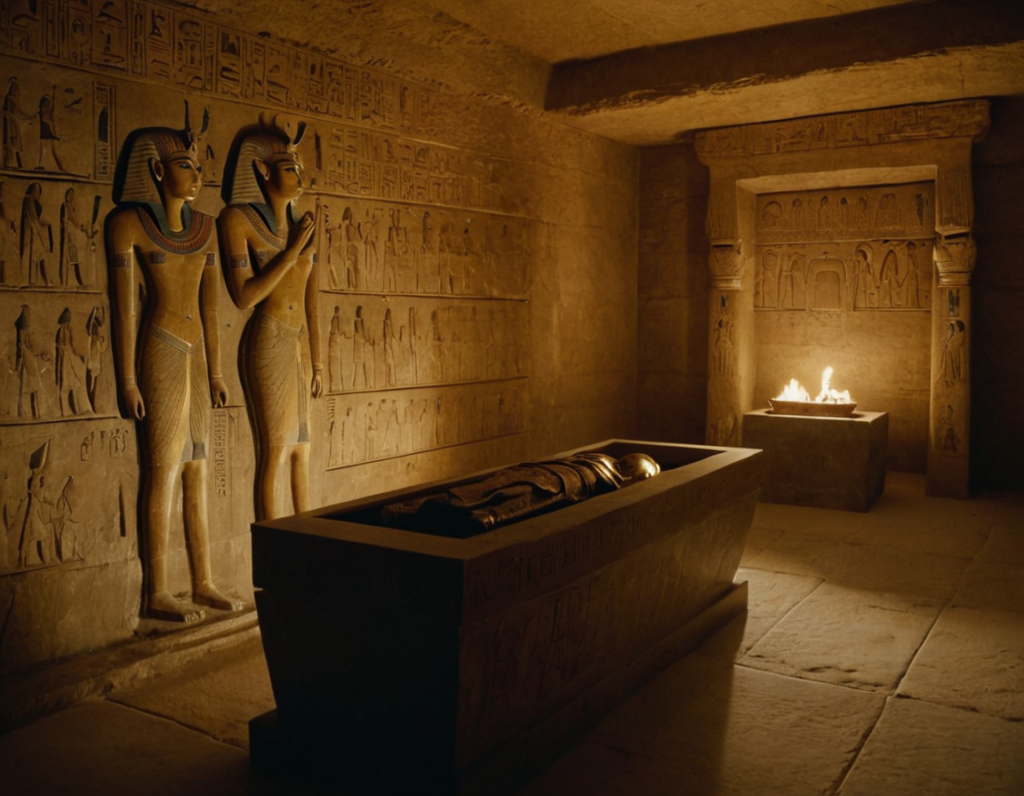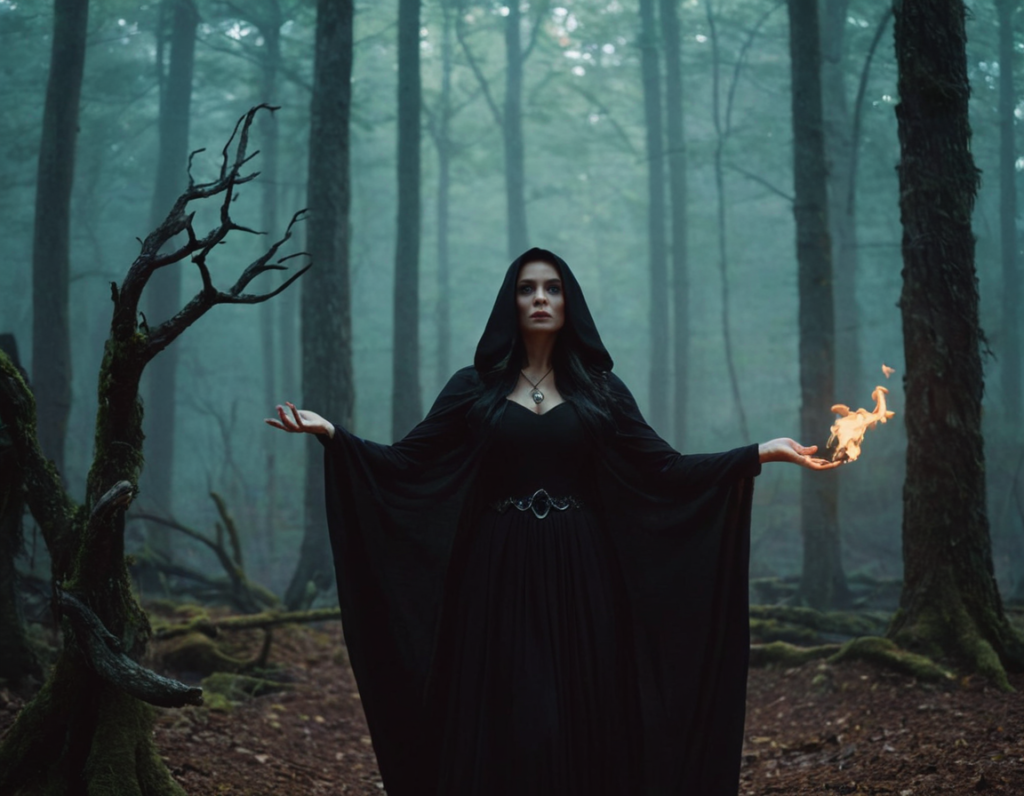Table of Contents
Introduction
Throughout history, people have told stories to explain things they don’t understand. Among these stories are curses and hexes. Many believe these can bring bad luck or harm. These ideas are common in old tales from cultures around the world. In this blog, we will look at some of the most famous curses, where they come from, and how they still affect us today.
What Are Curses and Hexes?
First, let’s explain what we mean by curses and hexes. A curse is usually a spoken or written wish for something bad to happen to someone. It can be a way to punish someone for their wrongdoings. A hex is a special kind of curse that involves magic and is meant to cause trouble or harm.
Even if some people think curses and hexes are just superstitions, they are important in many cultures. These stories show what people feared and believed in different times.
The Curse of the Pharaohs

One of the most famous curses is the Curse of the Pharaohs. This curse is linked to the tomb of Tutankhamun, discovered in 1922 by archaeologist Howard Carter. After the tomb was opened, several people involved in the digging got sick or even died under mysterious circumstances.
- Where the Curse Comes From: The ancient Egyptians believed in life after death and created elaborate tombs to protect their pharaohs. They carved warnings in some tombs, saying that anyone who disturbed the pharaoh’s resting place would face terrible consequences. These warnings were meant to keep tomb robbers away.
- Modern Views: Many experts think the deaths related to the tomb were due to natural causes, like germs or accidents. But the story of the curse has become very popular, appearing in movies and books. People are fascinated by the idea that the tomb might be cursed, adding mystery to ancient Egypt.
The Hope Diamond Curse

Another well-known curse is linked to the Hope Diamond, a beautiful blue gem that is said to bring bad luck to anyone who owns it.
- The Story Behind the Diamond: The Hope Diamond is thought to have come from India and was stolen from a sacred idol. Its first owner, King Louis XVI of France, was executed during the French Revolution. Many other owners faced tragedies, including financial ruin and accidents. This led to the belief that the diamond is cursed.
- The Curse’s Legacy: The curse of the Hope Diamond has fascinated people for many years. Some argue that its beauty is overshadowed by its dark history. The stories about the diamond have inspired many books and movies, keeping the legend alive and interesting.
Curses and Hexes in Witch Hunts

The fear of curses and hexes played a big role in the witch hunts that happened in Europe, especially during the Middle Ages and the Renaissance. This fear led to many innocent people being accused and punished.
- What People Believed: Many people thought that witches could cast curses and cause harm. When bad things happened, like crop failures or diseases, communities would often blame witches. This led to widespread panic and witch hunts, resulting in the deaths of thousands, mostly women.
- Impact on Society: The witch hunts show how fear of the unknown can lead to tragic consequences. The stories about witches often portrayed them as dangerous figures who could control forces beyond human understanding. This fear not only led to the persecution of innocent people but also shaped how society viewed women and their power.
The Curse of the Bambino

In American sports, the Curse of the Bambino refers to the belief that the Boston Red Sox were cursed after they sold Babe Ruth to the New York Yankees in 1919.
- Where It Started: After the trade, the Red Sox went 86 years without winning a World Series. Fans believed that selling Ruth brought bad luck to the team. They faced many heartbreaking losses in the World Series, which made the curse feel real.
- Breaking the Curse: The curse was “broken” in 2004 when the Red Sox finally won the World Series. This victory brought joy to fans and ended a long-standing tale of frustration. The story of the curse shows how sports can be connected to folklore and how people find meaning in their struggles.
The Curse of the Witches

Many cultures link curses and hexes with witches, often showing them as evil figures with magical powers.
- Folklore and Myths: Witches are often seen as people who can manipulate the world around them. Stories about witches casting curses on their enemies can be found in many cultures. These tales reinforce the idea that witches have supernatural powers. In many stories, witches are shown as dangerous, reflecting how society views women who challenge traditional roles.
- Modern Views: Today, the image of the witch is changing. Many modern portrayals highlight witches as powerful, independent women. From popular books and movies to television shows, the way we view witches is evolving, allowing for more positive interpretations of their powers and roles in society.
Conclusion
Curses and hexes are fascinating parts of folklore and mythology. They reflect the fears and beliefs of the cultures that created them. Whether it’s the mysterious Curse of the Pharaohs or the tragic tales surrounding the Hope Diamond, these stories continue to captivate our imaginations. They serve as cautionary tales, reminding us of the consequences of our actions and the power of belief. By exploring curses and hexes, we learn about human experiences and our desire to understand the unknown. These ancient tales help us appreciate their lasting impact on our lives and cultures today.
